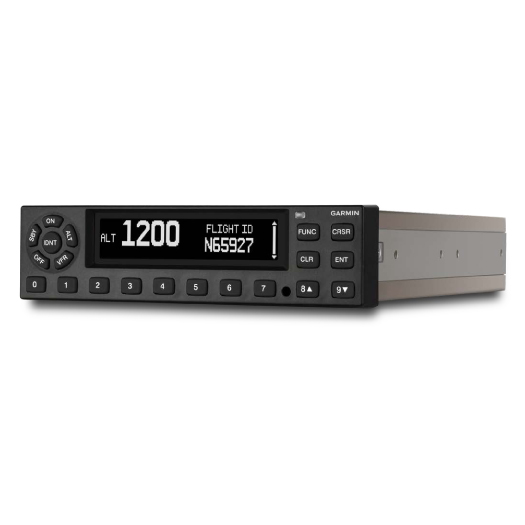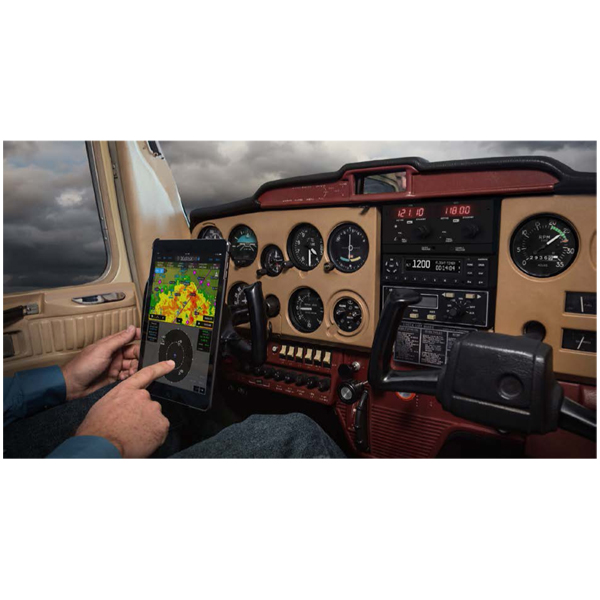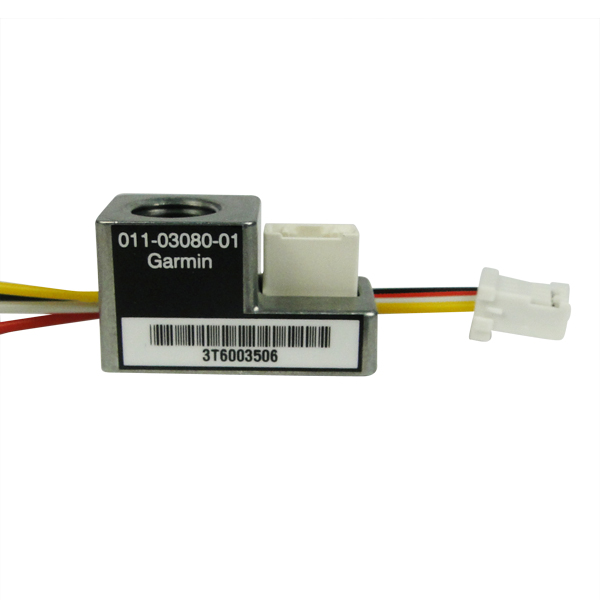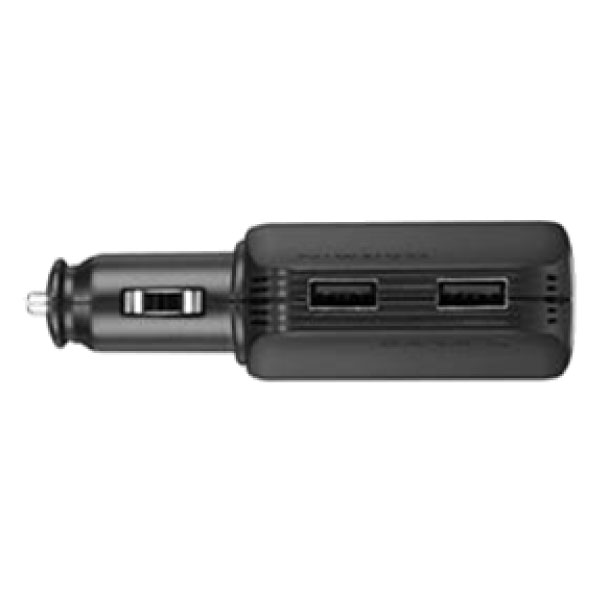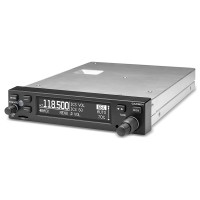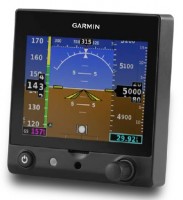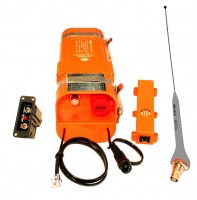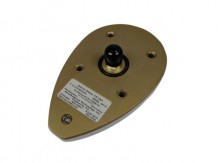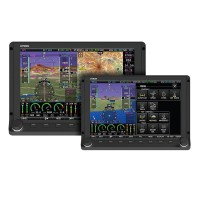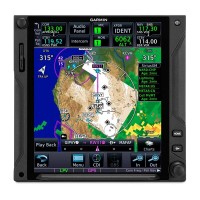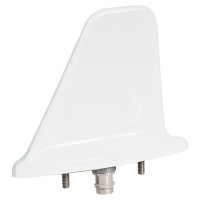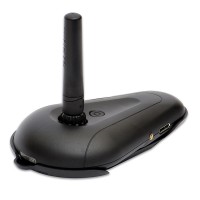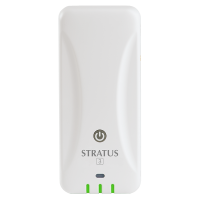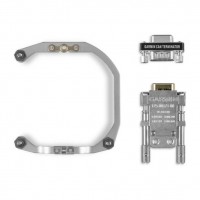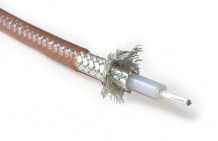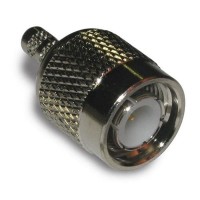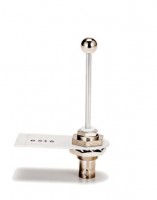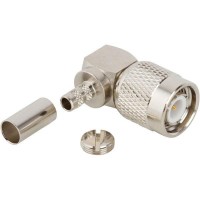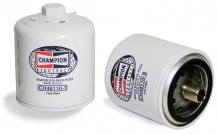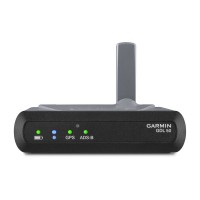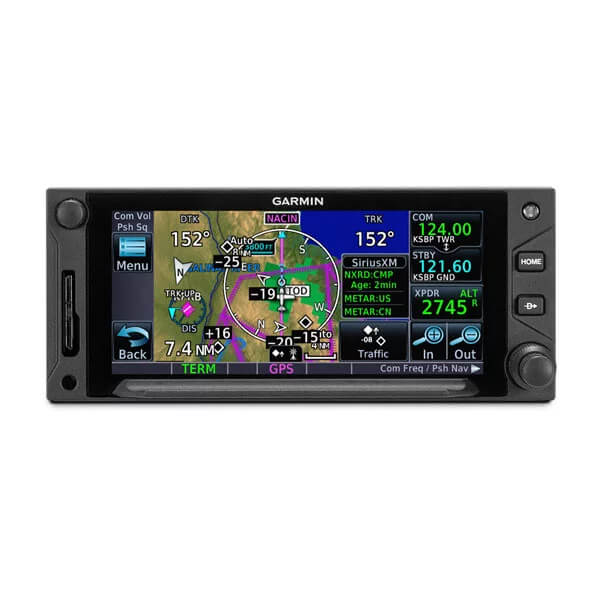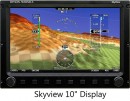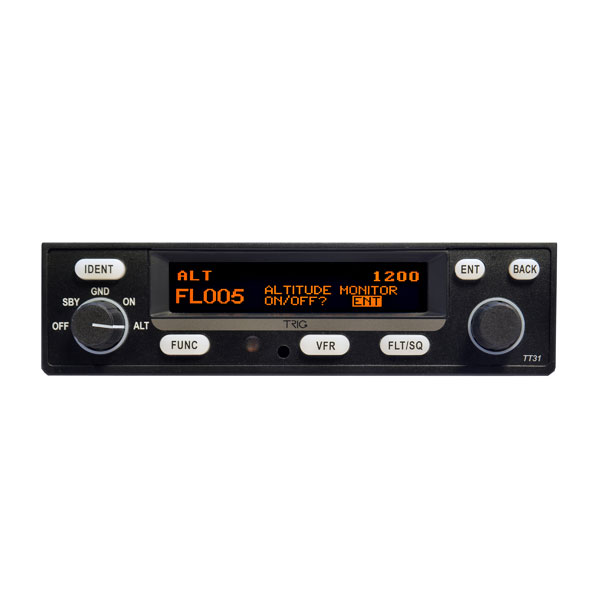Garmin Gtx 335 Ads-b Transponder With Gps + Gae 12 Encoder / Multi Charger Promo Kit With Harness For Experimental Aircraft
Overview
 All-inclusive 1090 MHz ADS-B ?Out? Transponder Solution
The Inside Track to ADS-B ?Out? With more fielded ADS-B solutions than any other brand in the industry, Garmin is committed to making the transition to NextGen airspace as simple and straightforward as possible. The IFR-certified GTX 335 is a prime example. It looks and operates like a standard Mode S transponder. It fits in the same 1.65-inch high slot in your avionics stack. It boasts a digital display, a pressure altitude readout, and dedicated pushbuttons numbered 0-9 for quick and easy squawk code entry. Plus, it?s an all solid-state design, which makes for lower power consumption and enhanced reliability, compared to earlier-generation transponder technology. What?s more, the addition of 1090 MHz ADS-B ?Out? transmission capability (using precise GPS-referenced positioning information) enables the GTX 335 to automatically output more accurate, and more useful, traffic surveillance data to ATC ? including aircraft flight ID, position, altitude, velocity, climb/descent, and heading information. Conventional Mode S and Mode C transponders can only broadcast altitude and squawk code ? which means they require ground-based radar to correlate and identify the aircraft?s position on the controller?s radar screen. Enhanced Traffic Surveillance Using 1090 MHz extended squitter ADS-B ?Out? transmission, the Garmin GTX 335 improves upon the existing transponder query system while working seamlessly with existing ATC protocols. The ADS-B reports provide ground controllers with considerably faster updates than traditional radar. And by simultaneously broadcasting this information to ADS-B ?In? display-equipped pilots, it enables them to essentially see the same traffic picture for their location that ATC is watching on the ground. Leverage Your Existing Avionics Designed to interface with a wide range of avionics, the GTX 335 enables operators to leverage their existing cockpit equipment to meet ADS-B ?Out? requirements with a minimum of cost, downtime and disruption to their panels. The ES transponder?s 1090 MHz ADS-B ?Out? signal meets worldwide requirements for flight at any altitude. And, as a size-conforming replacement for many existing Mode S or Mode C transponders, the GTX 335 makes it easy to plug in the NextGen capability you need to the avionics layout you already have. Altitude Encoding Made Simple In addition to its WAAS-enabled position reporting capabilities, the GTX 335R can also be paired with an optional Garmin altitude encoder to satisfy data transmission requirements for IFR. As opposed to other transponders with altitude encoding built in, the Garmin altitude encoder mounts separately on the install rack. So, should the transponder ever require removal, there?s no need for the static line to be disconnected. Which, in turn, eliminates the need for a follow-on leak check, and thus helps minimize ongoing service costs. Note: Transponder antenna is not provided. Any transponder antenna will work for this unit. The most common antenna for the experimental aircraft market is the Ted, part # 11-17995.The most common for the certified aircraft market is the RAMI AV-22. |



